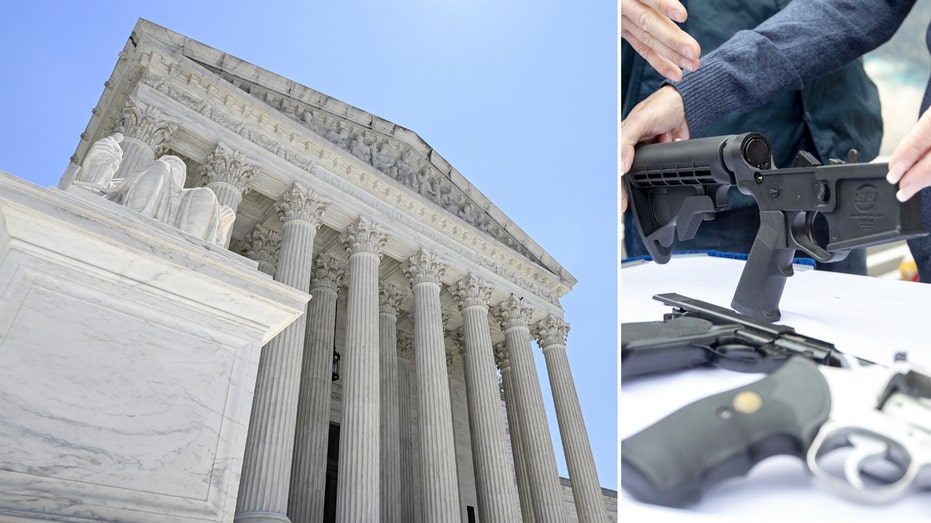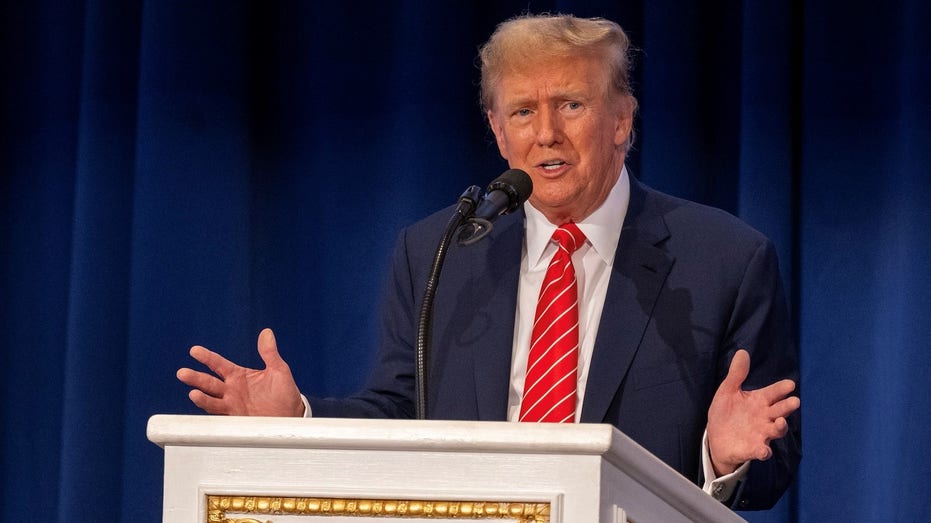The U.S. Supreme Court on Thursday ruled that a bump stock does not transform a firearm into an automatic weapon, striking down a federal rule that banned bump stocks.
In a 6-3 decision, Justice Clarence Thomas wrote, “Congress has long restricted access to “‘machinegun[s],'” a category of firearms defined by the ability to “shoot, automatically more than one shot . . . by a single function of the trigger.”
“Semiautomatic firearms, which require shooters to reengage the trigger for every shot, are not machineguns. This case asks whether a bump stock—an accessory for a semi-automatic rifle that allows the shooter to rapidly reengage the trigger (and therefore achieve a high rate of fire)—con- verts the rifle into a ‘machinegun.’ We hold that it does not,” he wrote.
The case, Garland v. Cargill, asked the court whether a “bump stock” device is a “machine gun” as defined by federal law because it is designed and intended for use in converting a rifle into a weapon that fires “automatically more than one shot … by a single function of the trigger.”
TEXAS GUN STORE OWNER SAYS SUPREME COURT SHOULD LIMIT GOVERNMENT ‘POWER’ IN ‘BUMP STOCK’ BAN CASE
The high court’s majority found that the statutory definition of a “machinegun” is any weapon capable of firing “automatically more than one shot…by a single function of the trigger.”
“We hold that a semiautomatic rifle equipped with a bump stock is not a ‘machinegun’ because it cannot fire more than one shot ‘by a single function of the trigger.’ And, even if it could, it would not do so ‘automatically,'” Thomas wrote.
“ATF therefore exceeded its statutory authority by issuing a Rule that classifies bump stocks as machineguns,” he said.
After a 2017 mass shooting in Las Vegas that left 60 people dead and 500 more wounded, the Bureau of Alcohol, Tobacco, Firearms and Explosives (ATF) issued an interpretive rule concluding that “bump stocks” are machine guns.
“This tragedy created tremendous political pressure to outlaw bump stocks nationwide. Within days, Members of Congress proposed bills to ban bump stocks and other devices ‘designed to accelerate the rate of fire of a semiautomatic rifle,’” Thomas wrote in Thursday’s opinion.
The Trump administration initiated a ban on the devices — reversing earlier regulations — and President Biden’s Justice Department defended it in court.
READ THE SUPREME COURT OPINION – APP USERS, CLICK HERE:
Justice Sonia Sotomayor, joined by Justices Elena Kagan and Ketanji Brown Jackson, dissented from the majority saying, “the Court puts bump stocks back in civilian hands. To do so, it casts aside Congress’s definition of ‘machinegun’ and seizes upon one that is inconsistent with the ordinary meaning of the statutory text and unsupported by context or purpose.”
“When I see a bird that walks like a duck, swims like a duck, and quacks like a duck, I call that bird a duck. A bump-stock-equipped semiautomatic rifle fires ‘automatically more than one shot, without manual reloading, by a single function of the trigger. Because I, like Congress, call that a machinegun, I respectfully dissent,” Sotomayor wrote.
NYC SHOP OWNER WITH CONCEALED CARRY PERMIT FACES 7 YEARS FOR INADVERTENTLY SHOOTING WOULD-BE THIEF
A bump stock is an attachment that replaces a semi-automatic weapon’s standard stock, the part of the long weapon that rests on the shoulder.
Michael Cargill, owner of Central Texas Gun Works, sued the government after he was forced to surrender several “bump stocks” under the ATF’s rule. He argued the agency overstepped its administrative authority to impose a ban, absent any congressional action.
“Over five years ago I swore I would defend the Constitution of the United States, even if I was the only plaintiff in the case. I did just that,” Cargill, an Army veteran, said Friday.
Mark Chenoweth, president of the New Civil Liberties Alliance and lawyer for Cargill, praised Friday’s ruling as having vindicated “our client’s position that ATF does not have the power to rewrite criminal laws.”
“The statute Congress passed did not ban bump stocks, and ATF does not have the power to do so on its own. This result is completely consistent with the Constitution’s assignment of all legislative power to Congress. Any scare-mongering by bump-stock opponents should be directed at Congress, not the Court, which faithfully applied the statute in front of it,” said Chenoweth.
“The rule that the Court set aside today unlawfully confiscated over 500,000 lawfully purchased bump stocks from American citizens. It never should have been approved, and the bureaucrats responsible for this injustice should hang their heads in shame,” he said.
JAN 6 RIOTERS, ABORTION, GUN RIGHTS: A LOOK AHEAD AT LANDMARK CASES SCOTUS WILL HEAR IN 2024
Bump stocks came into circulation early this century, as one of a number of devices that can be attached to semi-automatic weapons.
CLICK HERE TO GET THE FOX NEWS APP
As the shooter applies forward thrust on the barrel, the device harnesses the recoil energy so that the trigger will “bump” against the stationary finger, which then allows another round to be fired. The effect is more rapid shots than with a standard stock.
The ATF says more than a half million bump stocks were in circulation when the federal ban came into effect five years ago, requiring them to be turned in or destroyed.
Latest Political News on Fox News Read More




